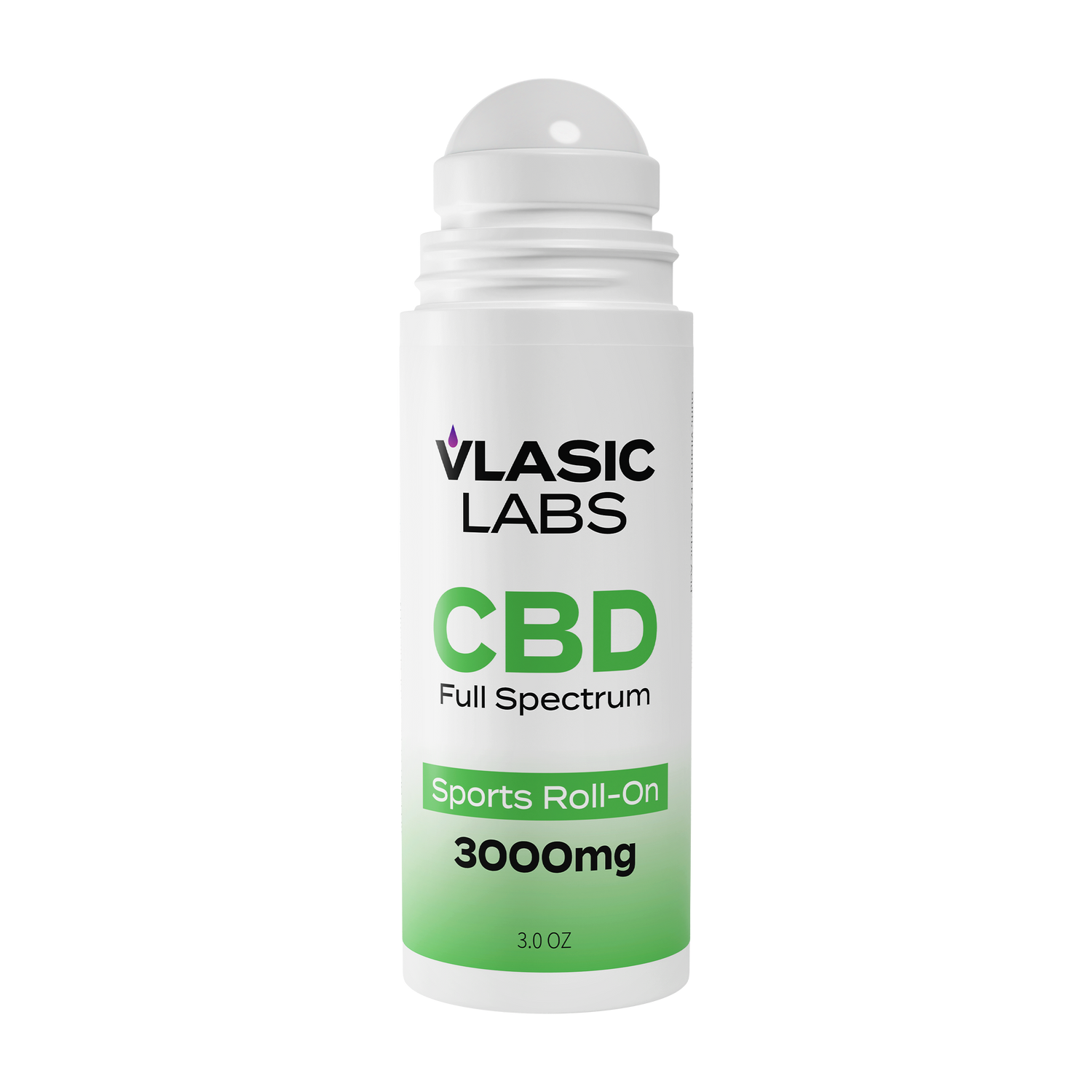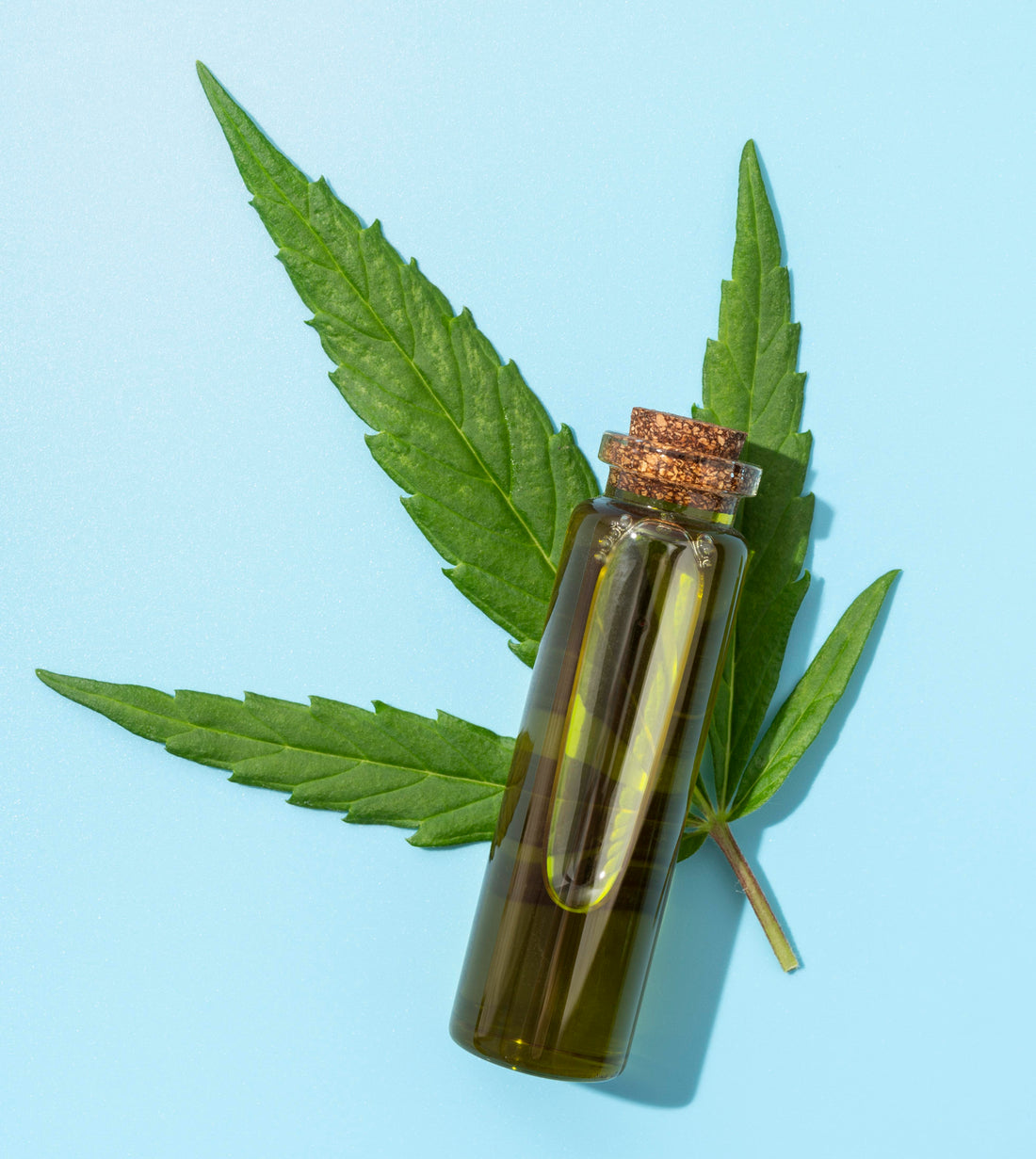Cannabidiol, or CBD, has taken the wellness world by storm thanks to its potential benefits. In recent years, there has been a surge in popularity among CBD products, particularly in topical forms, such as creams, lotions, and salves.
With so many topical CBD options available, consumers are often left asking the crucial question: How exactly does CBD absorb through the skin, and can it truly reach the areas where it's needed most?
While countless testimonials tout the effectiveness of topical CBD, the science behind its absorption is still emerging. Research is ongoing, and conclusive evidence on how much CBD enters the bloodstream remains elusive.

This blog post dives into the fascinating world of topical CBD, exploring the science of skin absorption, the potential interaction between CBD and the body's endocannabinoid system, and the factors that influence how much CBD gets through. We'll also discuss the potential benefits of topical CBD for localized issues and provide valuable tips for choosing high-quality products.
So, whether you're a CBD enthusiast or simply curious about this popular trend, read on as we unravel the mystery of how CBD interacts with your skin.
Understanding Skin Absorption
Our skin acts as a remarkable barrier, protecting us from the outside world. But it can also be a gateway for beneficial compounds like CBD.
To understand how CBD interacts with the skin, consider its basic structure.
The skin is made up of three main layers:
- Epidermis: The epidermis is the outermost layer of our skin. It's constantly renewing and serves as a first line of defense. Within the epidermis lies the stratum corneum, a tough, waterproof layer of dead skin cells. This layer plays a crucial role in limiting the absorption of foreign substances, including topically applied CBD.
- Dermis: The middle layer of our skin is known as the Dermis. It houses blood vessels, nerves, and hair follicles. Here, the magic of absorption happens, as substances that make it through the stratum corneum can potentially reach the bloodstream or interact with nerve receptors.
- Hypodermis: The Hypodermis is the deepest layer of skin. It is composed of fat and connective tissue, providing insulation and support.
The concept of transdermal delivery comes into play with topical CBD products. This refers to the process by which a substance passes through the various layers of the skin and enters the bloodstream. For topical CBD to be effective, it needs to overcome the hurdle of the stratum corneum and potentially reach the dermis for potential systemic effects. The extent to which CBD achieves this feat remains a topic of ongoing research.
The Science Behind CBD Absorption
The journey of CBD through the skin becomes even more intriguing when we consider the body's endocannabinoid system (ECS). This vast network of receptors and signaling molecules plays a crucial role in regulating various functions, such as pain, inflammation, and mood.
The ECS also extends to our skin, and research suggests that it is a potential pathway for topically applied CBD to interact with the body.
Cannabinoid receptors play a key role within the ECS. CB1 receptors are primarily found in the nervous system, and CB2 receptors are more abundant in the immune system. While research is ongoing, it is theorized that topically applied CBD might interact with these receptors in the skin, potentially influencing localized responses like inflammation or pain relief.
However, the story doesn't end there.
The formulation of the topical product itself significantly impacts how much CBD gets absorbed. Carrier oils like coconut or MCT can help CBD penetrate the skin's surface. Additionally, some products incorporate penetration enhancers, which temporarily disrupt the skin's barrier to allow for better absorption.
The concentration of CBD in the product also plays a role, with higher concentrations potentially leading to greater absorption.
It's important to remember that research on the exact mechanisms of CBD absorption through the skin is still evolving. While the potential for interaction with the ECS is exciting, more studies are needed to determine how much CBD reaches the bloodstream definitively and exerts systemic effects.
Limitations and Considerations
The world of topical CBD is brimming with promise, but it's crucial to acknowledge the ongoing research and limitations in our current understanding. While anecdotal evidence and some studies suggest benefits, conclusive data on absorption rates and overall effectiveness remain unclear.
Several factors can influence how much CBD gets absorbed through the skin. Individual variations significantly affect skin thickness, condition, and even genetics, affecting how readily a substance penetrates the layers.

Additionally, product quality is paramount. Look for reputable brands that offer third-party lab-tested products with clear labels specifying CBD concentration and type (full-spectrum, broad-spectrum, or isolate). Products with low-quality ingredients or misleading labels might not deliver the expected results.
Furthermore, application methods can impact absorption. Applying generous amounts of the product and massaging it thoroughly into the target area could enhance penetration compared to a quick, light application.
It's also important to consider potential side effects, although topical CBD is generally well-tolerated. Some users might experience localized irritation, especially with high-concentration products or those containing additional ingredients they might be sensitive to. So, a patch test on a small skin area before widespread application is always recommended.
Benefits of Topical CBD Products
Topical CBD offers a targeted approach to addressing localized issues. Studies suggest it might help manage muscle soreness and promote relaxation. The properties of CBD might help soothe irritation and discomfort.
A significant advantage of topical CBD is that it bypasses the digestive system. This means it avoids first-pass metabolism by the liver, potentially leading to a more consistent and localized effect than ingesting CBD products. Topical application also minimizes the risk of side effects associated with oral CBD, such as drowsiness or digestive upset.
Choosing High-Quality Topical CBD Products
With so many topical CBD options on the market, choosing the right one is crucial. Prioritize reputable brands that offer third-party lab-tested products. These tests verify the CBD concentration and ensure the absence of contaminants. Look for clear labels that specify the type of CBD used and the concentration in milligrams (mg) per serving.
At Vlasic Labs, we offer a full range of topical CBD products. When choosing the right product for you, consider your desired effect. Lotions or creams might be suitable for larger areas, while balms or salves could be more appropriate for targeted applications. The presence of additional ingredients like menthol or cooling agents might enhance the product's effectiveness for pain relief, while soothing botanicals could be beneficial for sensitive skin.
While the science behind CBD absorption through the skin is still evolving, topical products offer a promising approach for localized relief.


